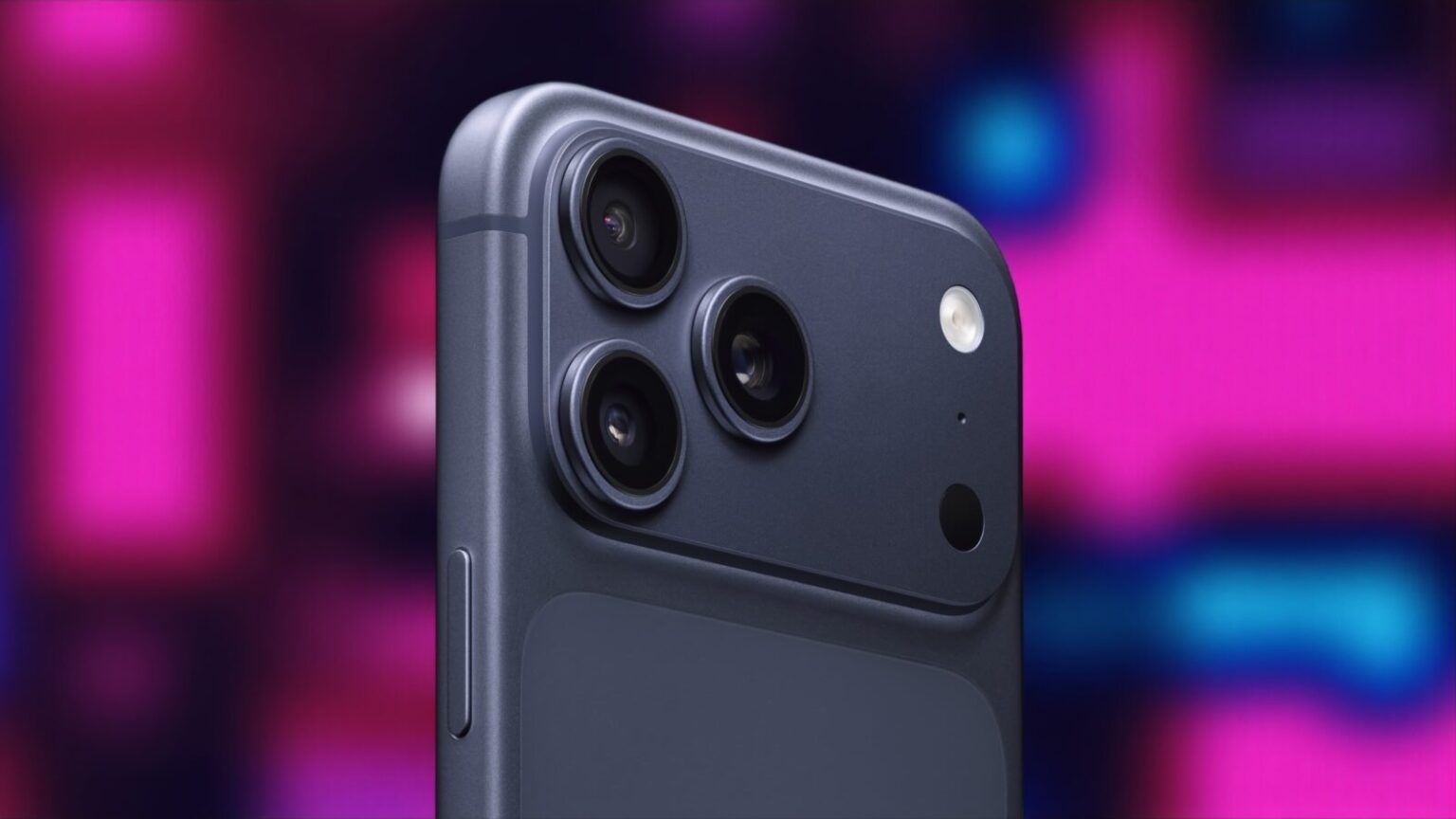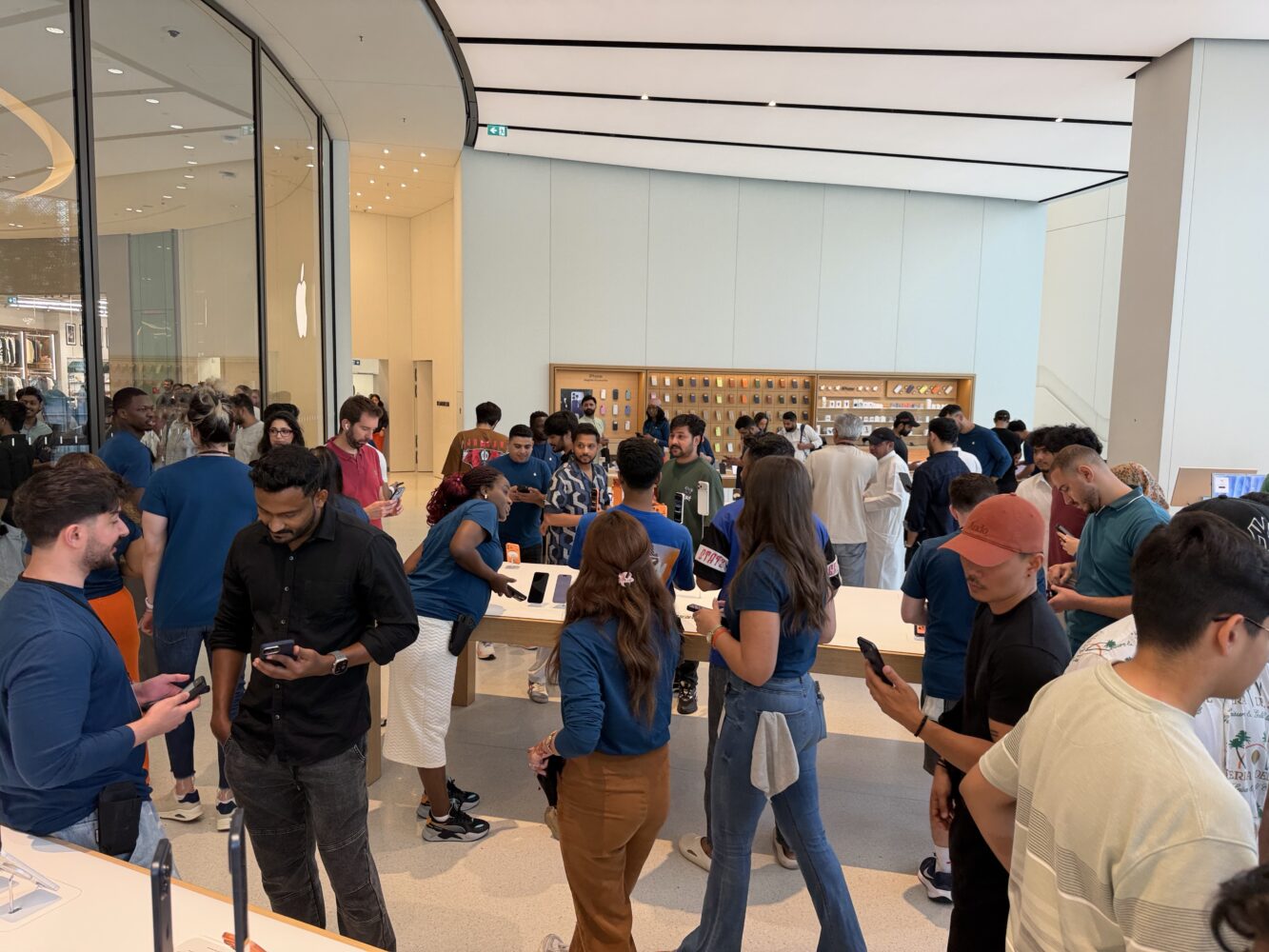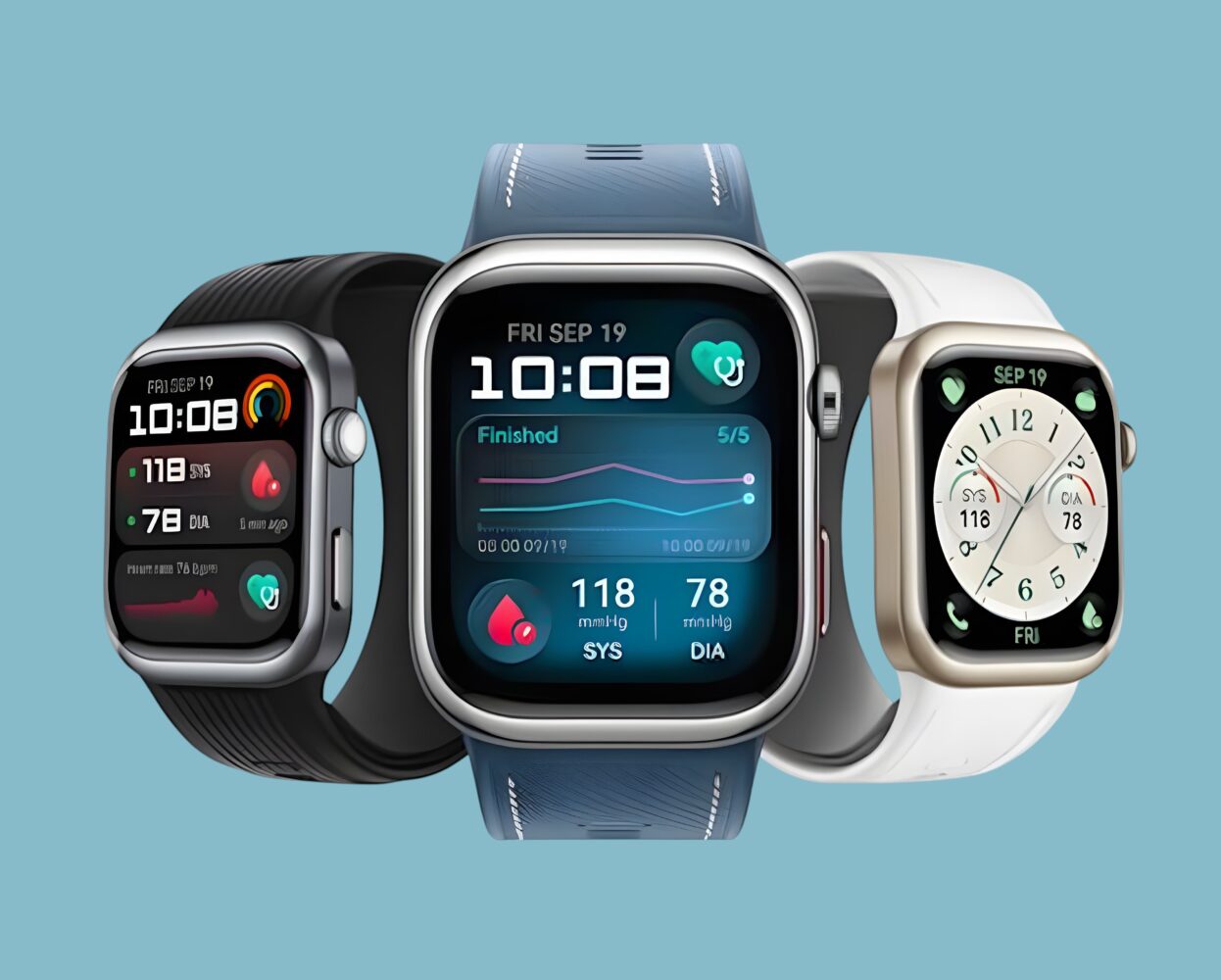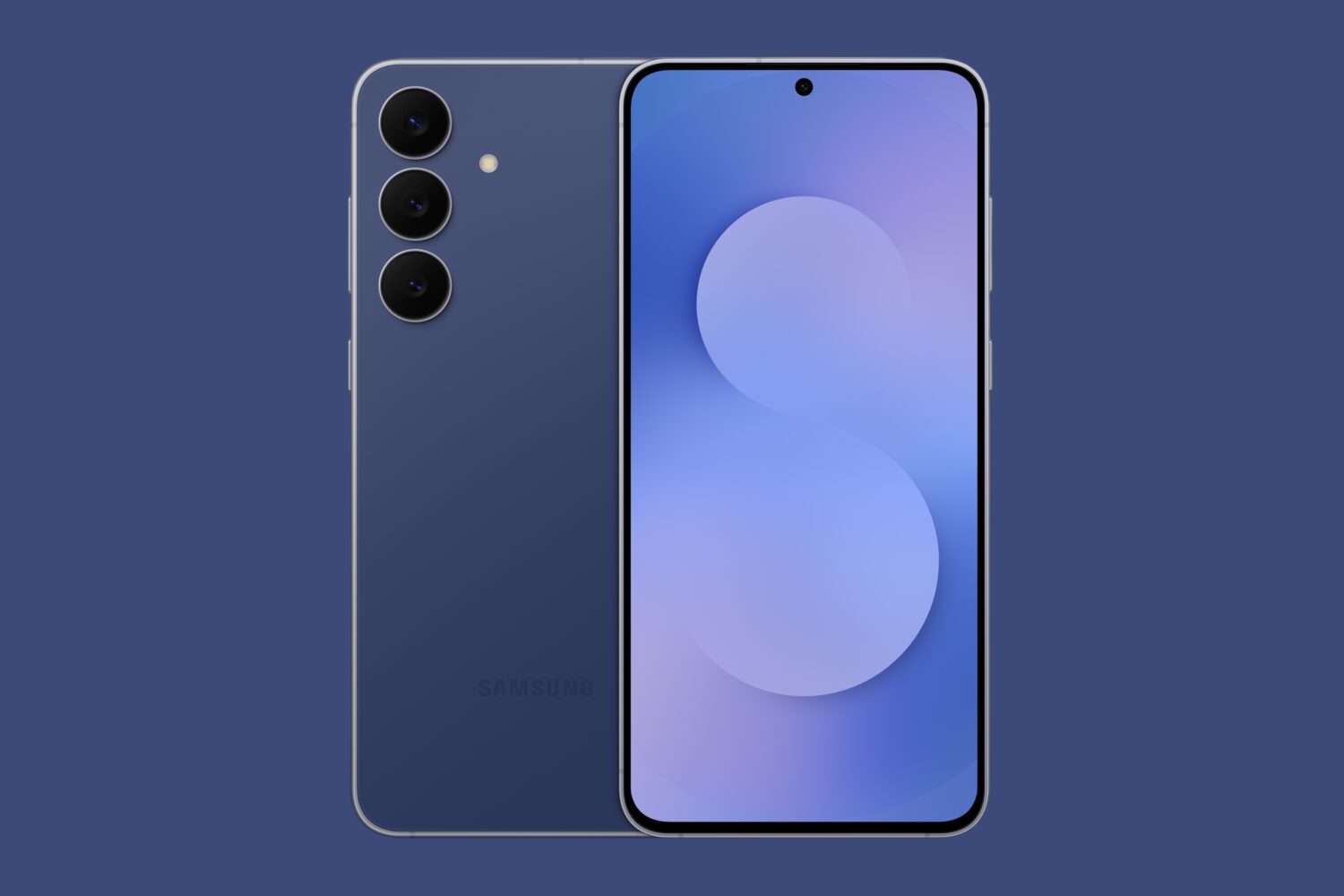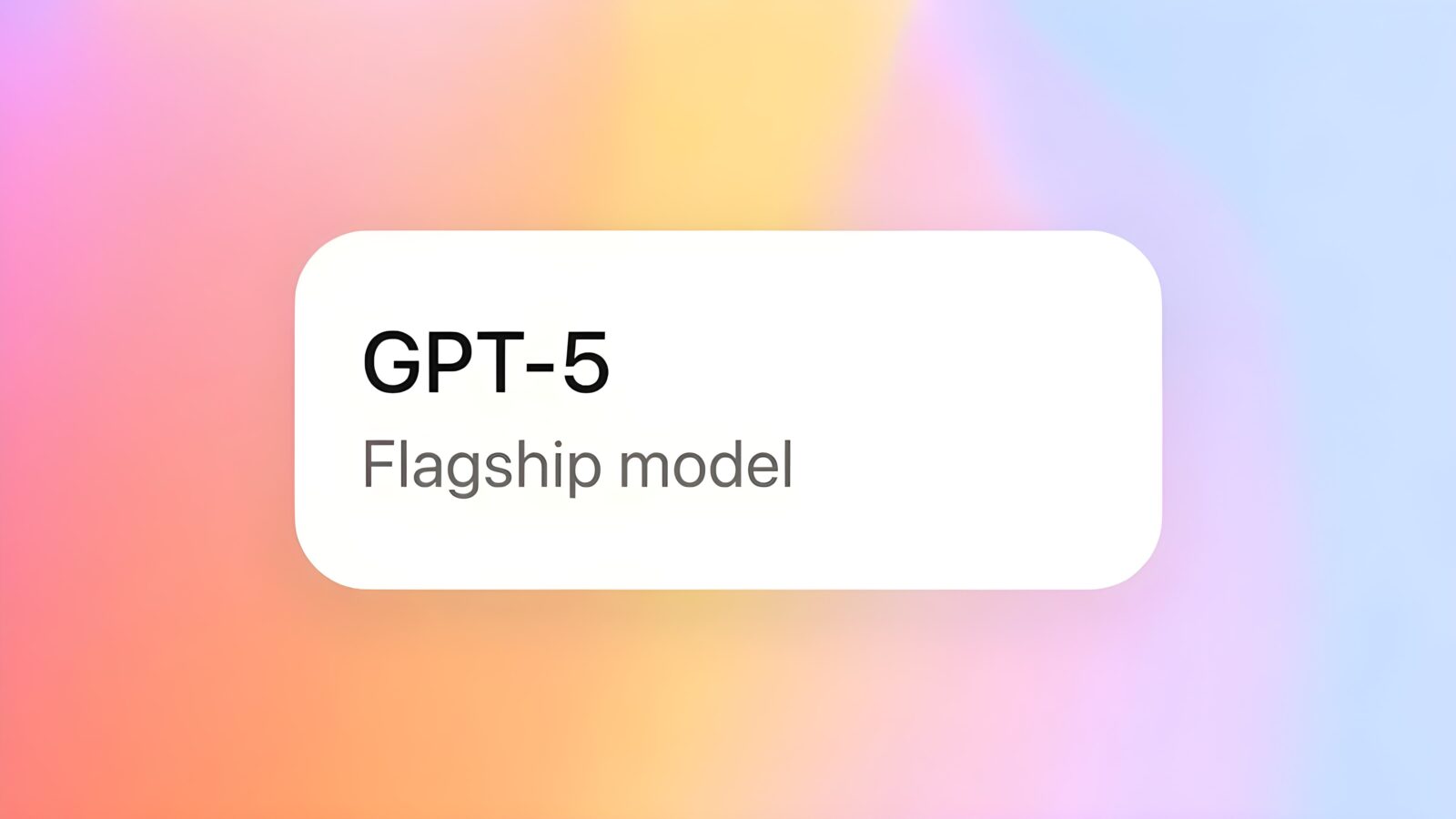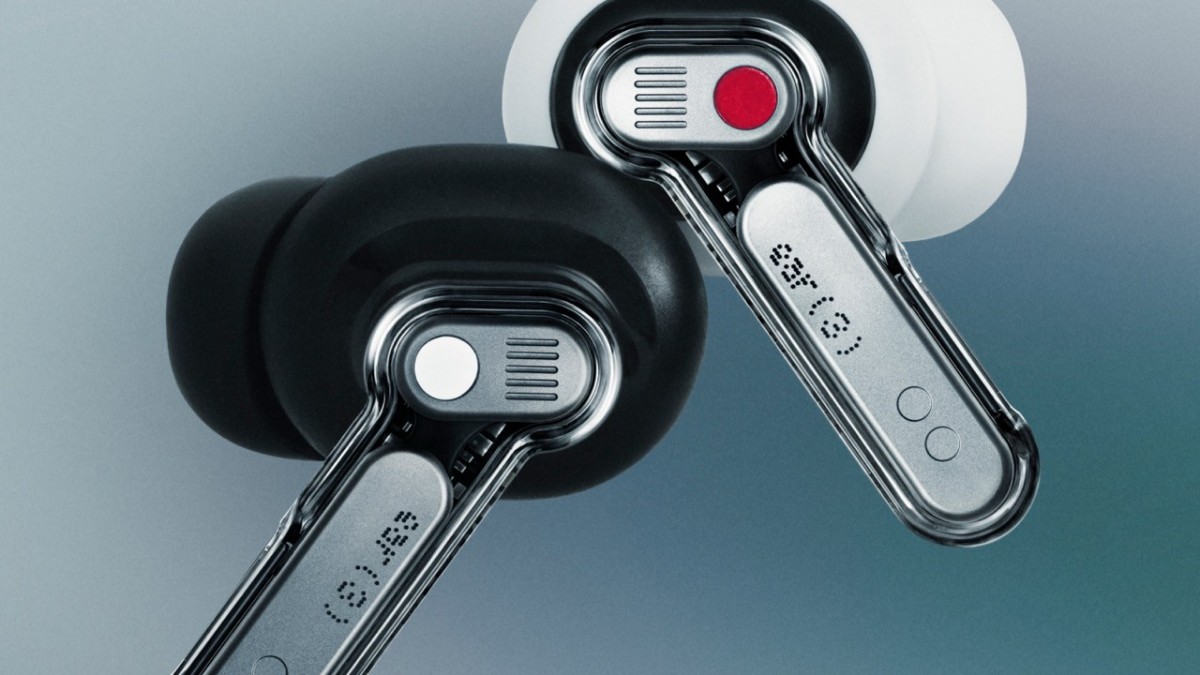TL;DR: The iPhone 17 Pro Max nails what “Max” should mean: bigger, steadier, and better. With the A19 Pro chip, a heat-forged 7000-series aluminum unibody that integrates a laser-welded vapor chamber, triple 48 MP Fusion cameras with an optical-quality 8x reach, ProRes RAW and genlock for serious video work, four studio-quality mics with Spatial Audio capture, and a 6.9-inch Super Retina XDR display that peaks at 3,000 nits with better anti-reflection and 2x better outdoor contrast, it’s Apple’s best big phone ever. Battery life jumps dramatically—up to a claimed 39 hours of video playback on the Max—while iOS 26’s Liquid Glass design and Apple Intelligence features feel purpose-built for this hardware.
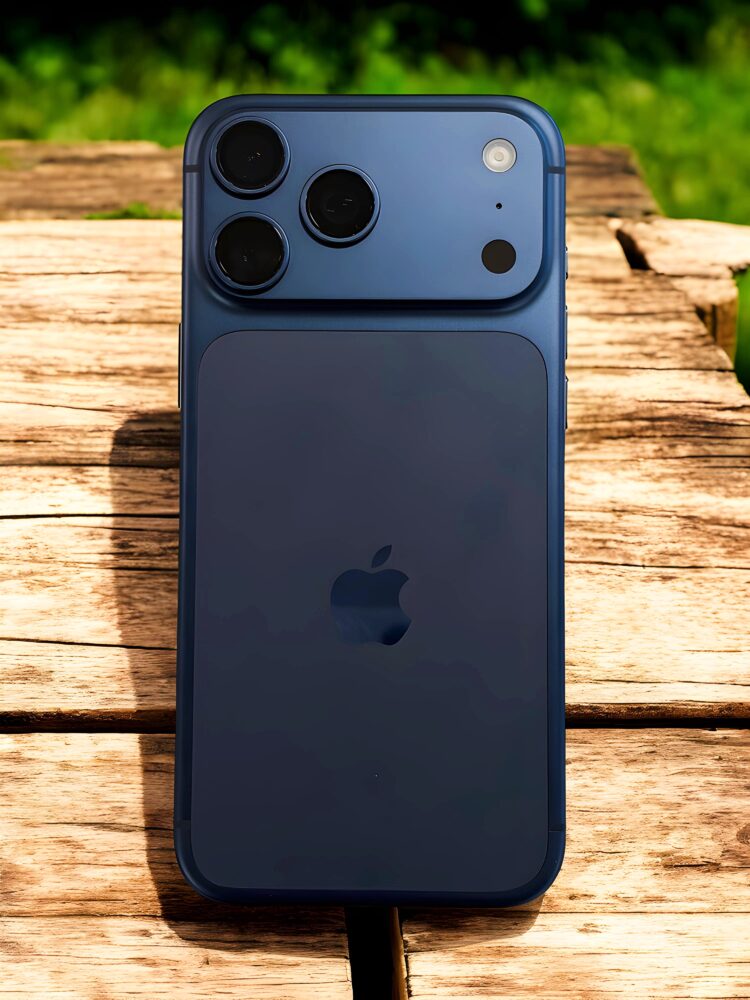
Some iPhones are upgrades. The iPhone 17 Pro Max feels like an arrival.
For years, Apple’s biggest model has been about excess—more screen, more battery, more bragging rights. This year, the Max earns its size not with gimmicks but with a balance of design, performance, cameras, audio, and software that finally makes it the obvious choice for anyone who wants the best iPhone, period. It’s designed from the inside out to sustain performance rather than spike and throttle, to last longer not just on paper but in the cadence of a real day, and to raise the ceiling on both video and photography without turning them into lab exercises.
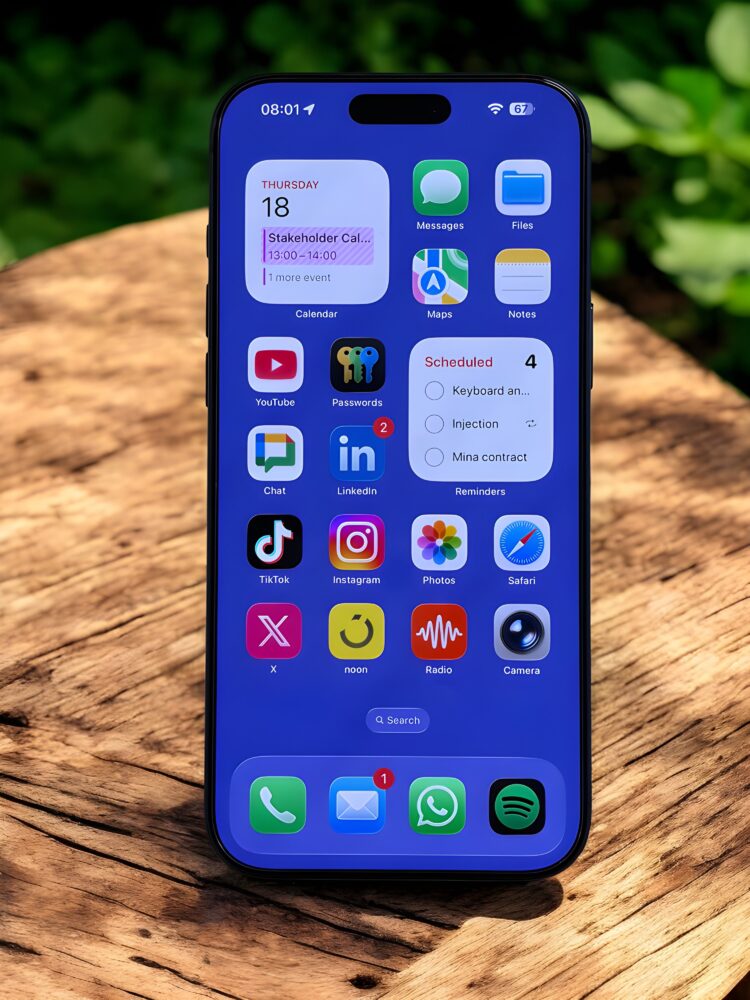
Built around a heat-forged aluminum unibody, powered by the A19 Pro, cooled by a laser-welded, chassis-integrated vapor chamber, and crowned with a 6.9-inch Super Retina XDR display that now pushes an astonishing 3,000 nits outdoors, the 17 Pro Max is Apple at its most focused. It’s a phone that doesn’t just benchmark well; it holds its line. It stays cool under pressure, takes photos across focal lengths with new optical confidence, captures Spatial Audio alongside stabilized 4K HDR footage, and lasts long enough to feel trustworthy even on marathon days. If you’ve been waiting for a Max that fully justifies the “Max,” this is the one.
The redesign: forged aluminum, integrated vapor chamber, Ceramic Shield 2, and quiet confidence
The first thing you notice when you pick up the iPhone 17 Pro Max isn’t the color or the weight—it’s the finish. The brushed, heat-forged 7000-series aluminum unibody is a tactile break from years of glossy glass and even last year’s titanium. Apple’s alloy is lighter than titanium and, crucially, over twenty times more thermally conductive, which makes it a critical component of the new thermal management strategy rather than just a shell. The vapor chamber is laser-welded into the aluminum mid-chassis, and those welds are strategically placed to pull heat away from A19 Pro and out into the structure where it can dissipate. The payoff is sustained performance: Apple is calling out up to forty percent better sustained performance than the previous generation, and in practice it feels like the phone simply refuses to wilt when you lean on it.
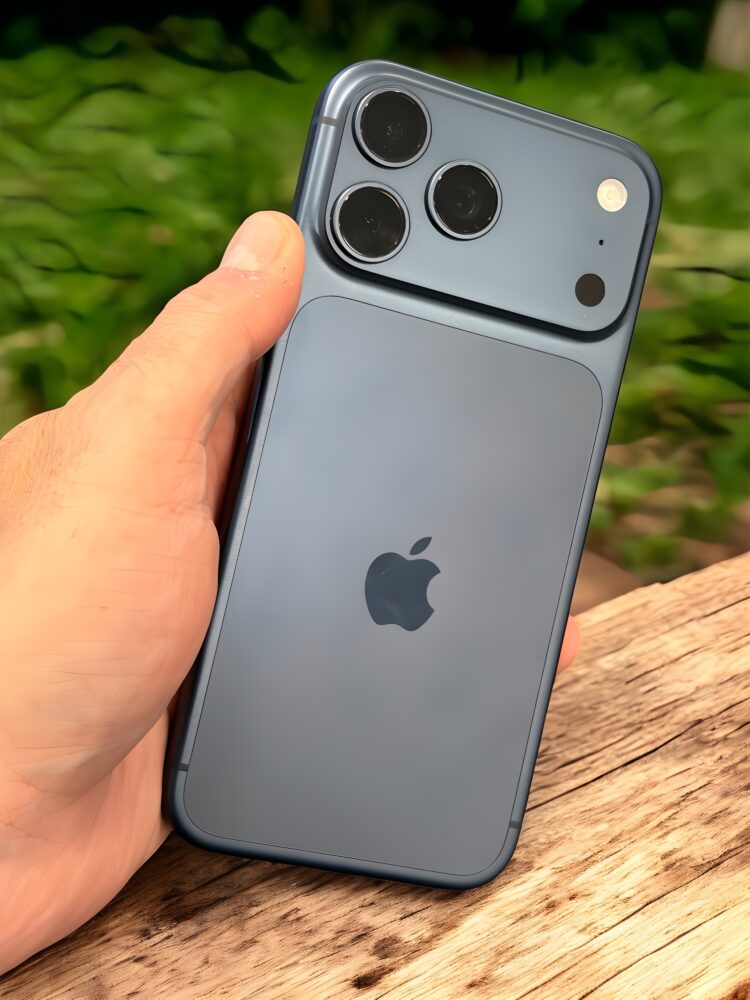
Durability gets a real-world upgrade. Ceramic Shield 2 now covers the front with three-times better scratch resistance, and—for the first time—the back is protected by Ceramic Shield as well, which Apple says is four-times more resistant to cracks than the previous rear glass. The overall build continues to be IP68 rated for water and dust resistance up to six meters for thirty minutes. It’s a design that speaks less in marketing adjectives and more in outcomes: it runs cooler, it resists scuffs and hairlines better, and it expands internal volume for a larger battery and easier serviceability.
Colors are restrained but expressive: Deep Blue, Cosmic Orange, and Silver. Cosmic Orange is the standout, somewhere between traffic-cone bold and brushed-copper sophistication—attention-grabbing without reading as cheap. Apple’s new accessories lean into visibility and practicality with a TechWoven Case, updated Silicone and Clear cases, MagSafe refinements, and a new Crossbody Strap system that’s actually designed to be used, not merely Instagrammed.
Display: 6.9 inches of silk, sunlight, and sharper optics on your eyeballs
The iPhone 17 Pro Max exists for its display, and Apple clearly knows it. This year the screen isn’t just bigger — it’s bolder, smarter, and more battle-ready against the harshest conditions you’ll throw at it. At 6.9 inches, this Super Retina XDR panel walks the line between a phone and a compact tablet, but what really makes it special is the way it handles light. The peak outdoor brightness has jumped to 3,000 nits, paired with a new anti-reflective coating that cuts glare by a third and delivers up to twice the outdoor contrast of its predecessor. The effect is transformative. Where older iPhones forced you to cup your hand over the screen on a sunny day, the 17 Pro Max actually feels like it fights the sun on your behalf — maps stay visible, text remains crisp, and HDR video can flex its highlights without bleaching out.

Color accuracy continues to be Apple’s secret sauce. Reds and oranges glow without cartoonish oversaturation, greens remain grounded and natural, and skin tones look flattering even under the cold light of fluorescents or the golden wash of sunset. Watching HDR content indoors has never been more cinematic; Dolby Vision movies look vibrant yet controlled, and thanks to the panel’s improved local contrast, shadows stay inky without swallowing detail. It’s the kind of screen that makes you want to rewatch old shows and re-scroll through your photo library just to see them again with fresh eyes.
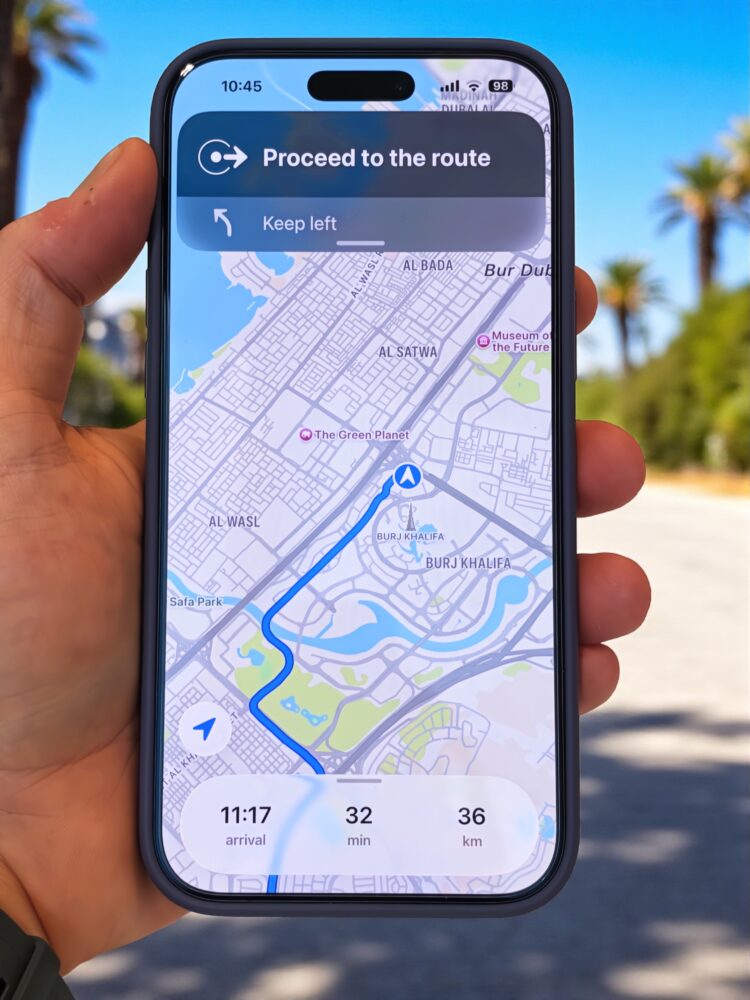
Gamers, too, get a tangible upgrade. ProMotion’s adaptive 120 Hz refresh rate now feels better tuned, keeping frame pacing smooth in everything from casual swipes through TikTok to hardware-accelerated ray tracing in AAA titles. Motion blur is practically nonexistent when panning in open-world games, and the heat-forged unibody plus vapor chamber ensures the phone doesn’t roast your palms after an hour of dungeon crawling. For readers, this is arguably the best iPhone yet. The improved anti-reflective stack makes ebooks, long articles, and newsfeeds easy on the eyes in all lighting conditions. And the size itself adds comfort: the 17 Pro Max is large enough to make magazine layouts and web pages feel like miniaturized print, but not so oversized that you feel like you’re holding an iPad Mini on calls.
The Always-On Display remains subtle and tasteful, presenting just the essentials without turning into a glowing distraction at night. And for creators who live in editing suites, the ability to output 4K60 Dolby Vision directly to an external display through USB-C makes this panel feel like both a tool for previewing and a reference for working. In short, the 6.9-inch canvas doesn’t just justify the Max — it redefines it.
Performance: A19 Pro, plateau power, and a phone that doesn’t sweat
Every iPhone gets faster; the trick is staying fast. That’s the story of A19 Pro paired with the integrated vapor chamber and a thermal pathway that finally treats heat as a first-class design constraint rather than an afterthought. A19 Pro brings a faster six-core CPU with two performance and four efficiency cores, a new six-core GPU, and a 16-core Neural Engine. The GPU architecture is particularly interesting this year because each core now integrates Neural Accelerators, pushing peak compute for AI workflows several steps higher and making on-device Apple Intelligence tasks feel both immediate and unremarkable—in the best way. Apple is also touting big generational gains over iPhone 15 Pro for both CPU and GPU, and while the exact numbers are less important than the result, the feel is unmistakably snappier under sustained load.
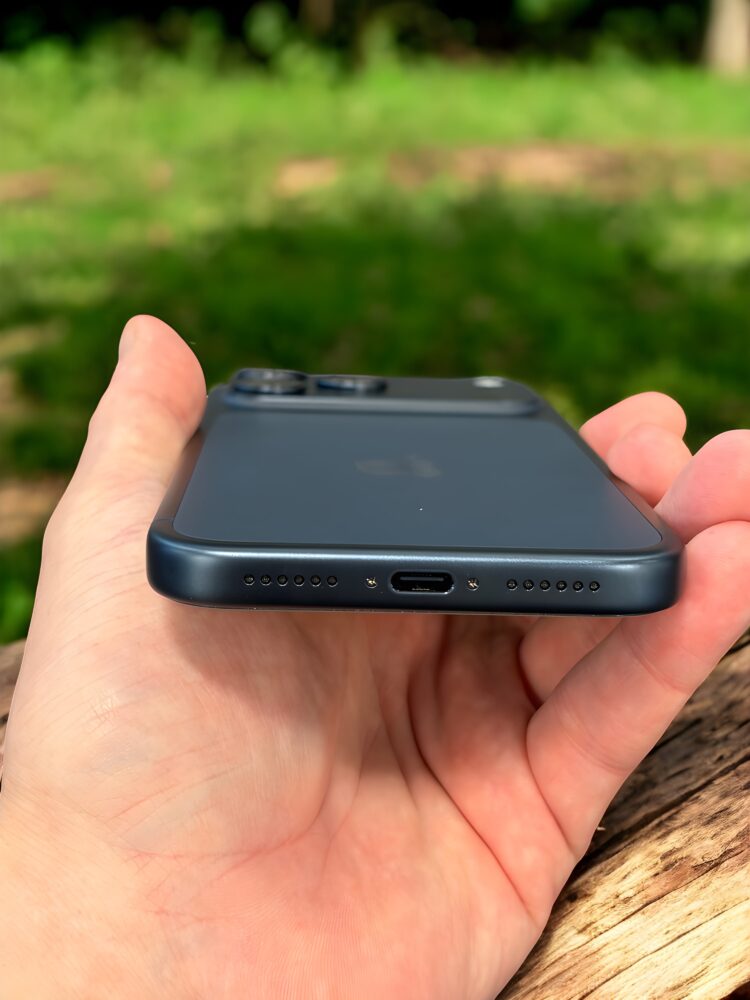
The difference shows up in places that used to make your phone blush. Thirty-minute AAA-style sessions with hardware-accelerated ray tracing keep their frame-rate rhythm without the thermal seesaw. LumaFusion with multiple 4K streams stays scrubbable while the rest of the system remains responsive. Local image generation, transcription, and real-time translation lean on the Neural Engine without turning the chassis into a hand warmer. This isn’t about winning a single benchmark; it’s about never losing your footing when the session runs long.
The Apple N1 wireless chip is the quiet co-star. With Wi-Fi 7, Bluetooth 6, and Thread on tap, the phone joins and holds networks more assertively, feels snappier as a hotspot with multiple clients, and plays nicer in dense RF environments. Second-generation Ultra Wideband returns with precise finding for people and AirTags. Satellite features expand beyond emergency to include Messages via satellite—end-to-end encrypted iMessage or SMS when you’re out of coverage—and Roadside Assistance via satellite alongside Emergency SOS and Find My. It’s the sort of stack you don’t notice until you really need it, and then it feels like future tech smuggled into the present.
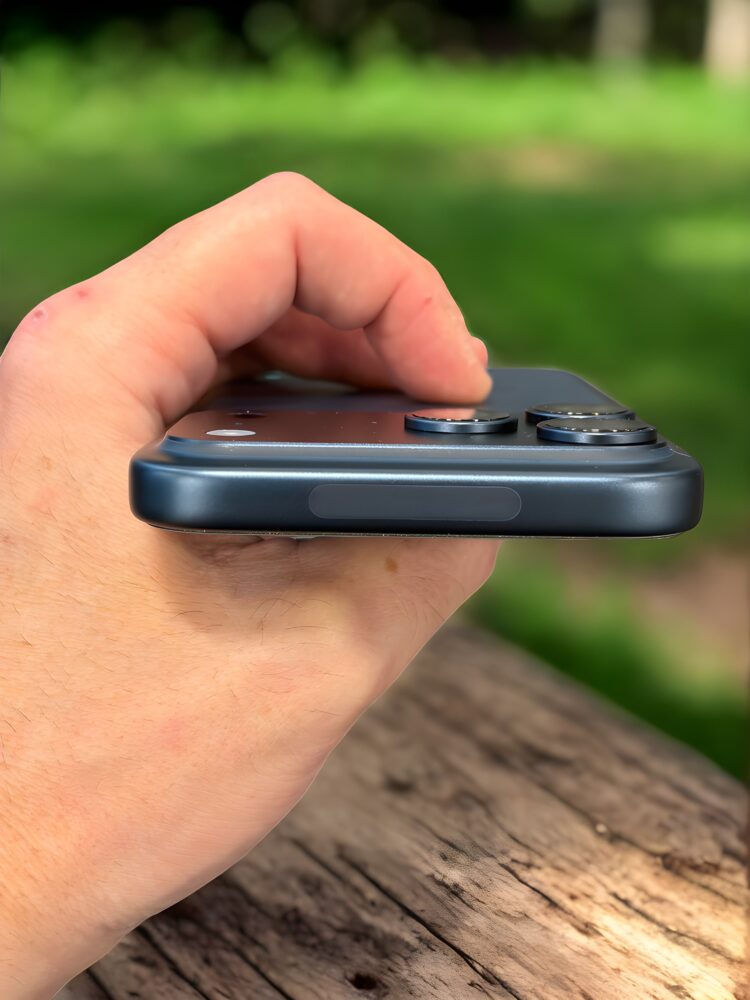
Charging remains via USB-C, and using a higher-wattage adapter you still see about fifty percent in roughly twenty minutes. The port now doubles as a serious pro connector: with a proper USB 3 cable you can hit up to 10 Gb/s for transfers, record ProRes or ProRes RAW directly to an external SSD that writes at 220 MB/s or better and draws up to 4.5 W from the phone, output 4K60 Dolby Vision to a monitor on set, and even trickle-charge small accessories like Apple Watch or AirPods from the phone itself.

Battery life is where the new internal architecture pays rent. The Max stretches to a claimed thirty-nine hours of video playback—the best on any iPhone—thanks to the expanded internal volume of the unibody and the eSIM-only design reclaiming the SIM tray cavity. By removing the physical SIM slot, Apple carved out additional space for a larger battery, so eSIM models actually pack more capacity than versions with a physical SIM. It’s a quiet change that matters: more milliamp-hours for free, and no fiddly tray to lose. In practice, the 17 Pro Max comfortably clears a heavy day and often pushes well into the second. iOS 26’s new Adaptive Power feature quietly learns your usage patterns and trims background power in anticipation of a late-day crunch, all without micromanagement. It feels like stamina you can trust, not a spec sheet fever dream.
Software: iOS 26 with Liquid Glass, Apple Intelligence, and Adaptive Power
If the hardware makes the iPhone 17 Pro Max powerful, it’s iOS 26 that makes it feel alive. This year Apple leans into refinement as much as reinvention. The new Liquid Glass aesthetic is subtle yet striking — a blend of softened edges, layered transparency, and depth cues that give the OS a sense of fluidity without tipping into gaudy translucence. Icons and widgets seem to float just above the background, animations have a gentler elasticity, and tap targets are enlarged in ways that make the 6.9-inch expanse more forgiving to use one-handed. It’s a design language that quietly reduces friction and fatigue, and it ties the iPhone’s look more closely to iPadOS and macOS, bringing Apple’s ecosystem into greater visual harmony.
Functionally, iOS 26 feels more confident in the daily grind. The redesigned Photos, Camera, and Phone apps are less cluttered and more intuitive, placing the most-used actions within easier reach. The updated screenshot workflow — slightly jarring at first — actually becomes second nature, letting you annotate, crop, and share with fewer taps. Spotlight is faster, multitasking is more fluid, and notification handling feels cleaner. Everything about iOS 26 on the Max seems engineered to remind you that large screens can be elegant, not overwhelming.
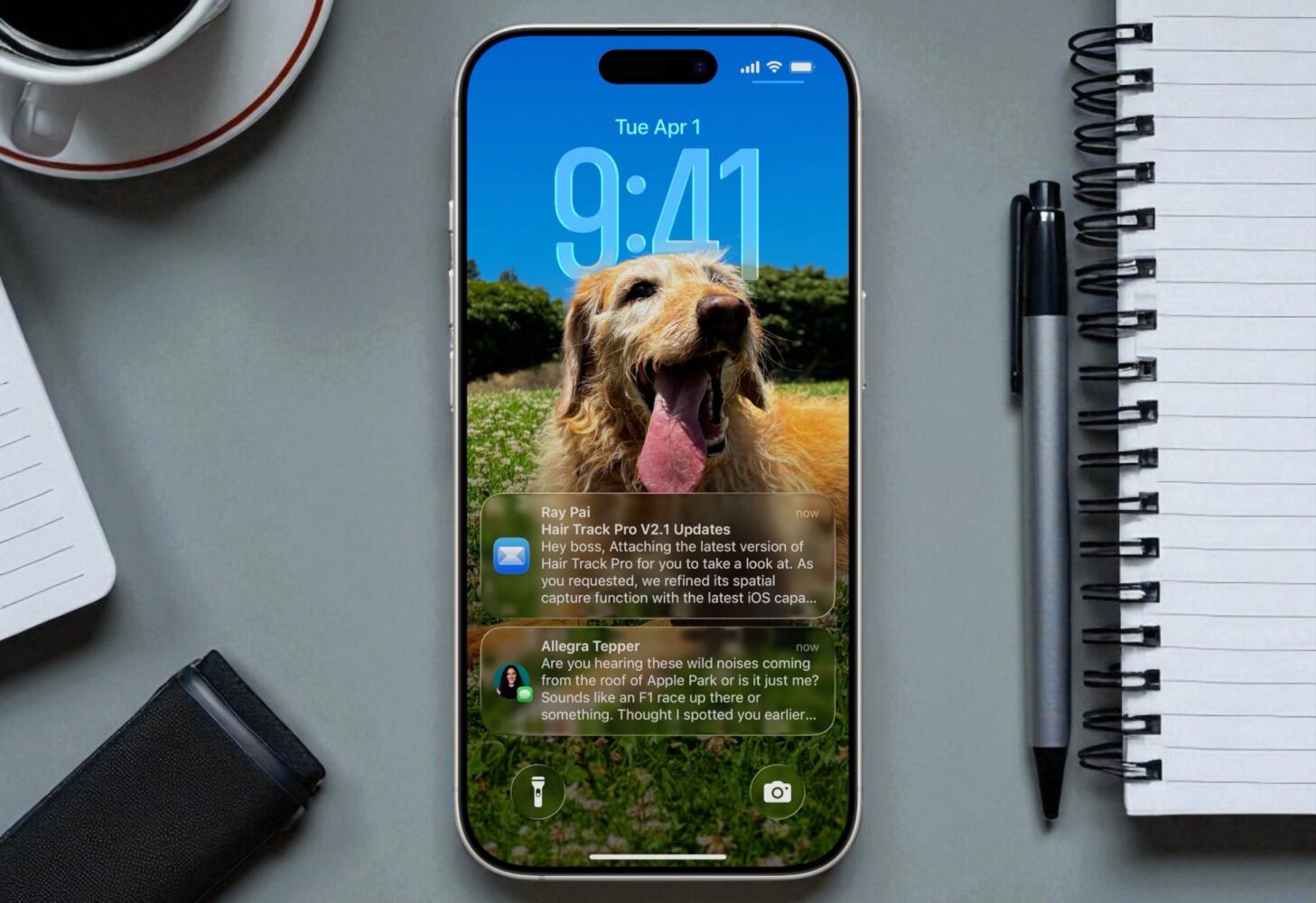
Then there’s Apple Intelligence, Apple’s play at on-device generative AI. Where rivals often tout flashy demos, Apple has chosen subtle usefulness. Local translation for both text and audio is instantaneous and works offline, turning the phone into a pocket interpreter without risking your data in the cloud. Smarter screenshot parsing can pull addresses, dates, or tracking numbers directly into your apps with minimal effort, and developers now get hooks into the base AI model for offline features. The synergy between A19 Pro’s Neural Accelerators, the new thermal system, and iOS 26’s AI-first workflows is clear: the phone can run large language tasks, generate media, or process context in real time without throttling or lag. It feels less like you’re waiting on AI and more like AI is quietly waiting on you.
Adaptive Power is one of iOS 26’s sleeper features. Rather than a blunt low-power toggle, it learns your rhythms — your commute, your downtime, your marathon days — and dials back non-essential processes proactively. The result is a phone that seems to know when you’ll need that last fifteen percent and stretches it further than you’d expect, buying you hours instead of minutes. Coupled with the massive battery gains from the Max’s unibody design, this makes for a device that is not only powerful but predictably reliable.
Cameras, part one: the new holy trinity and eight pro lenses in your pocket
Apple’s most ambitious system yet arrives as three 48 MP Fusion cameras—Main, Ultra Wide, and a new Telephoto—backed by a re-architected imaging pipeline that doubles down on machine learning for texture, tone, and low-light color fidelity. The idea is not just more pixels but better pixels across every focal length you actually use.
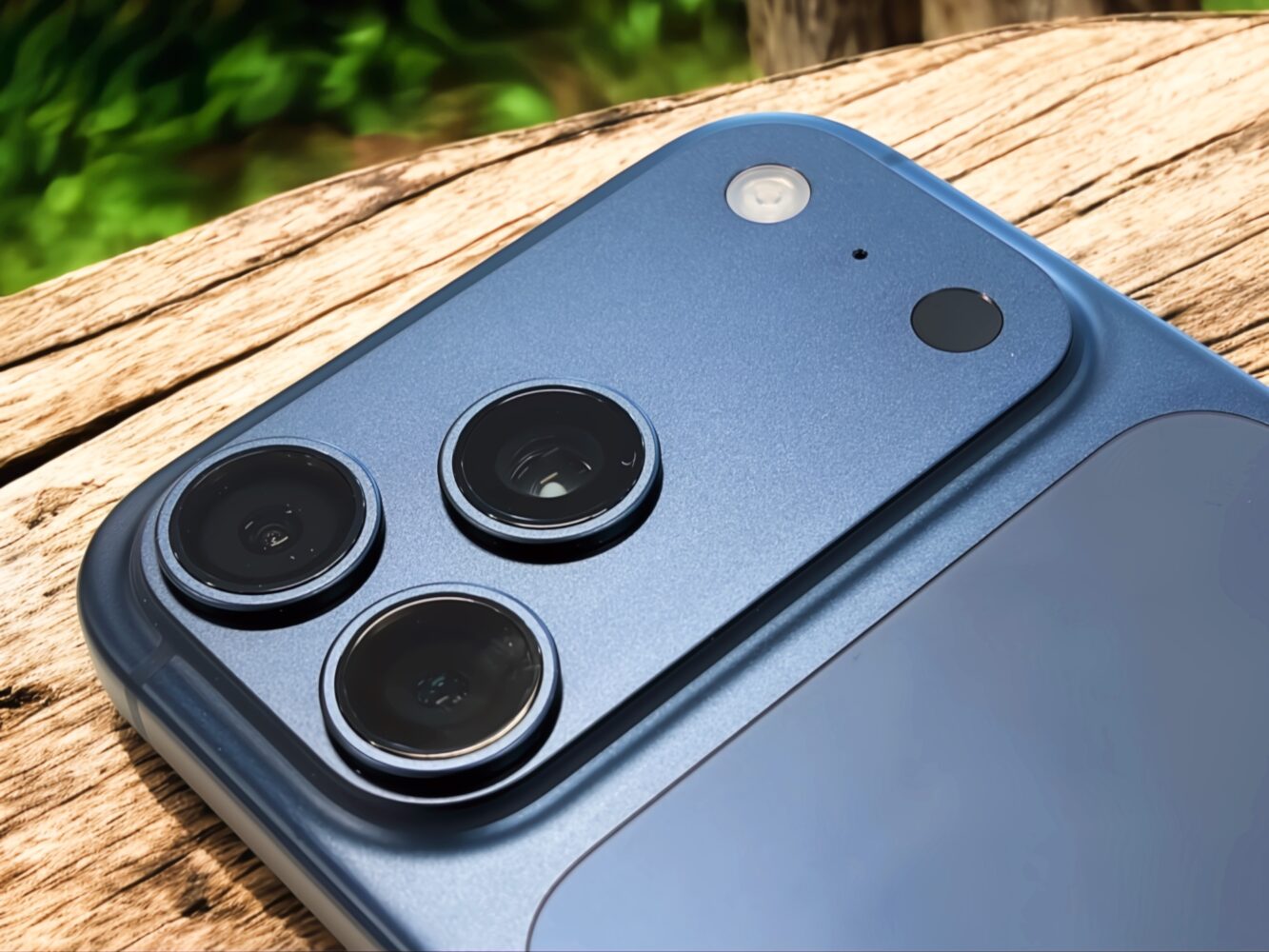
Start with the Fusion Main. By default it fuses a 48 MP frame with a 12 MP frame optimized for light to produce a 24 MP image that hits the sweet spot for detail, low-light performance, and file size. When you want maximum detail—landscapes, architecture, editorial—you can enable Resolution Control in settings and tap to capture full 48 MP frames. Apple also leans into photographer-friendly focal lengths with custom 1.2x (28 mm) and 1.5x (35 mm) views you can toggle right on the 1x button, and even set your preferred focal length as the default.
The integrated 2x Telephoto is no longer an afterthought crop; it uses the center 12 MP of the quad-pixel sensor to deliver an optical-quality 48 mm equivalent with cleaner micro-contrast and improved color thanks to Photonic Engine updates tuned specifically for 2x. Action mode and native 4K120 Dolby Vision now work at 2x as well, turning that mid-tele into a genuinely versatile tool rather than a compromise.
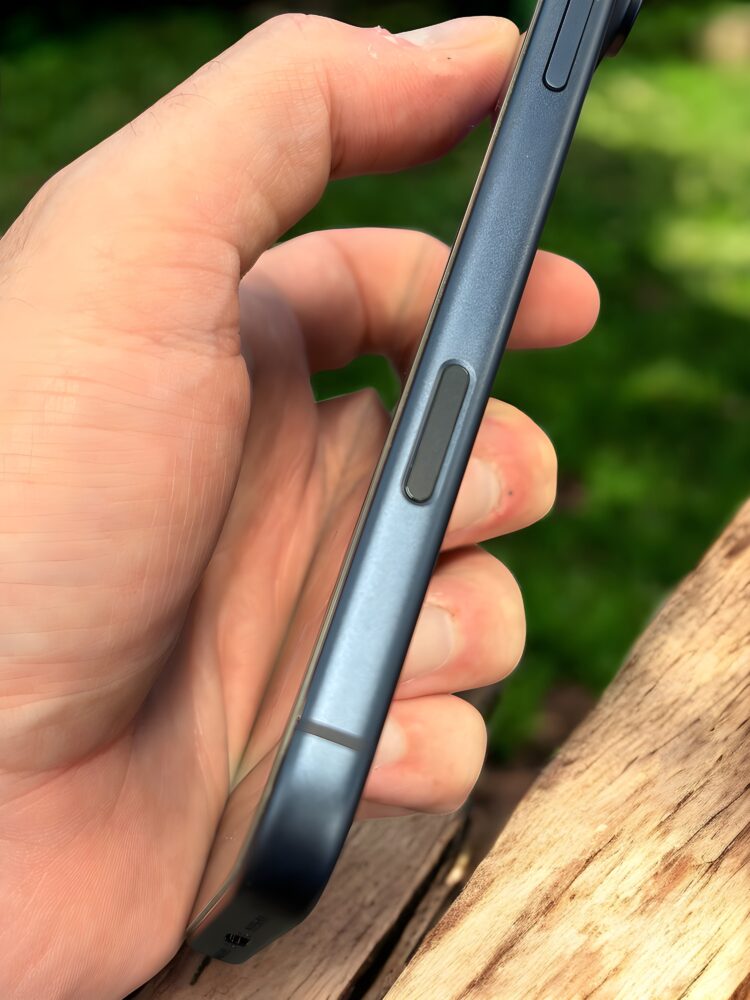
The all-new 48 MP Fusion Telephoto is the star. Housed in the extended plateau, it’s the next generation of Apple’s tetraprism with an improved 3D sensor-shift stabilization system and a sensor that’s fifty-six percent larger than before. The net effect is more resolving power across light levels and more natural texture without the plastic sheen of over-processing. You get a crisp 4x at 100 mm—a classic portrait length with flattering perspective—and an optical-quality 8x at 200 mm that finally earns the phrase “trustworthy zoom.” Yes, you can still go to 40x digitally, but the real story is that 4x and 8x are shots you’ll actually keep.
Across the range, the updated Photonic Engine pushes ML deeper into the stack. It preserves natural detail, reins in noise, and keeps color honest, especially in tricky, warm-tinted low light where earlier iPhones drifted green or waxy. Backlit scenes hold onto shadow detail without turning skies into HDR caricatures. It’s less dramatic than some competitors on first glance and more satisfying on second.

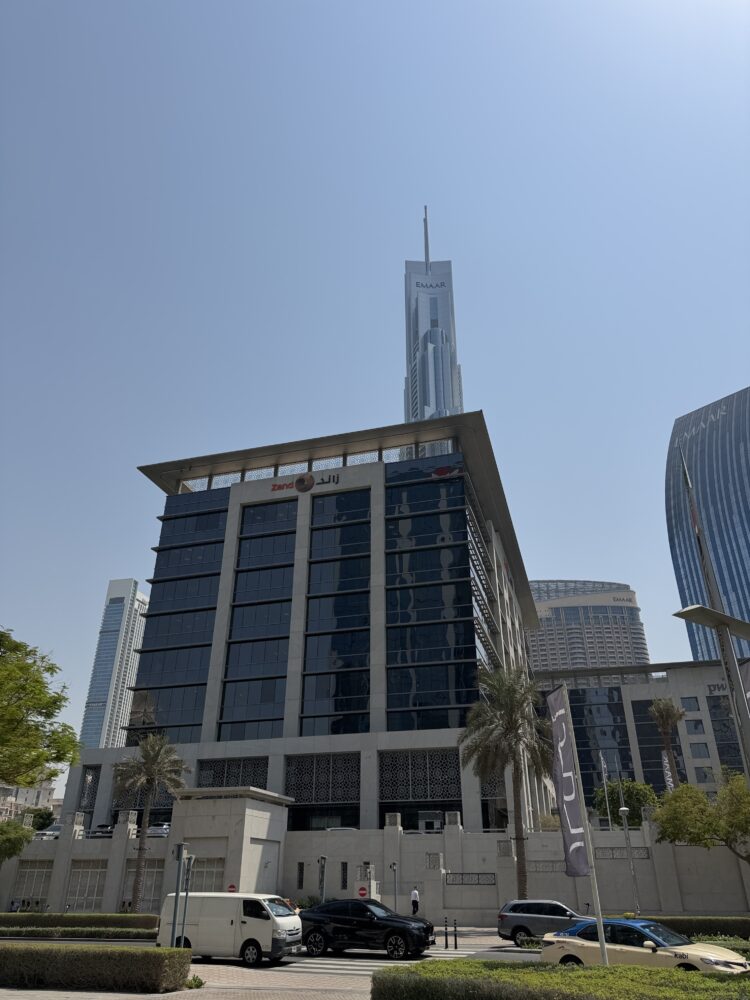


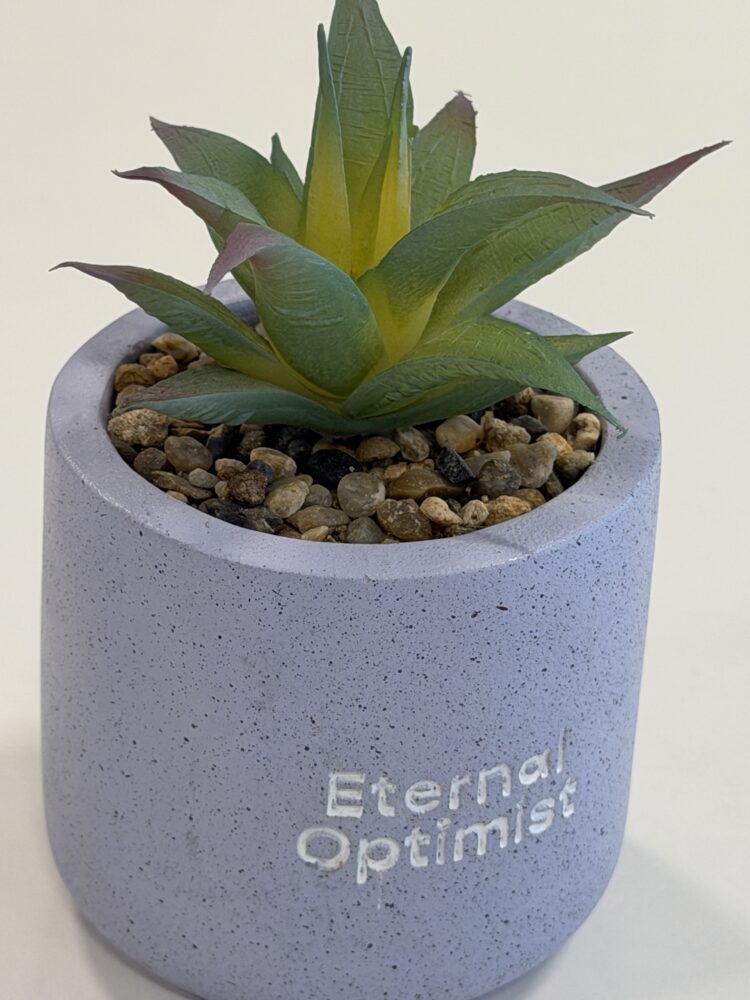


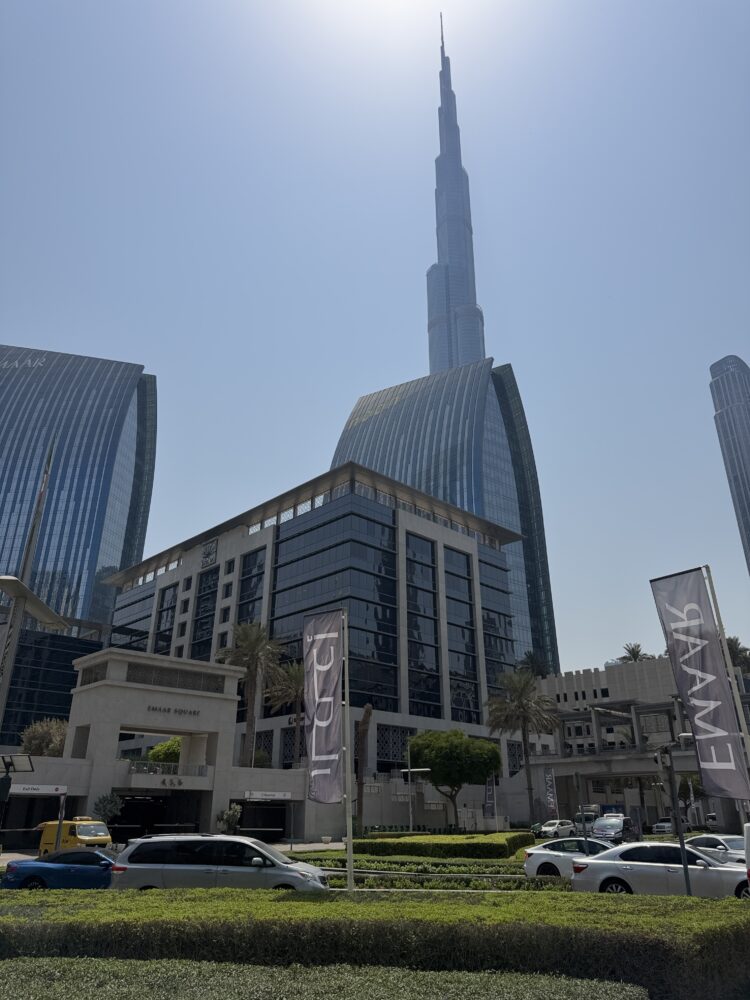
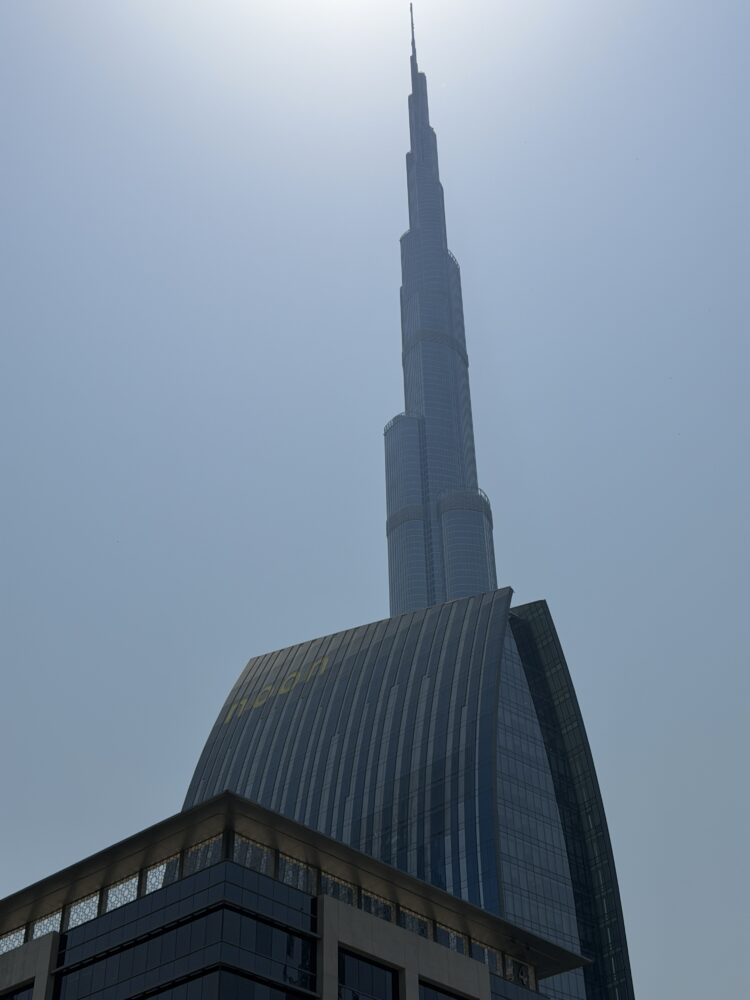
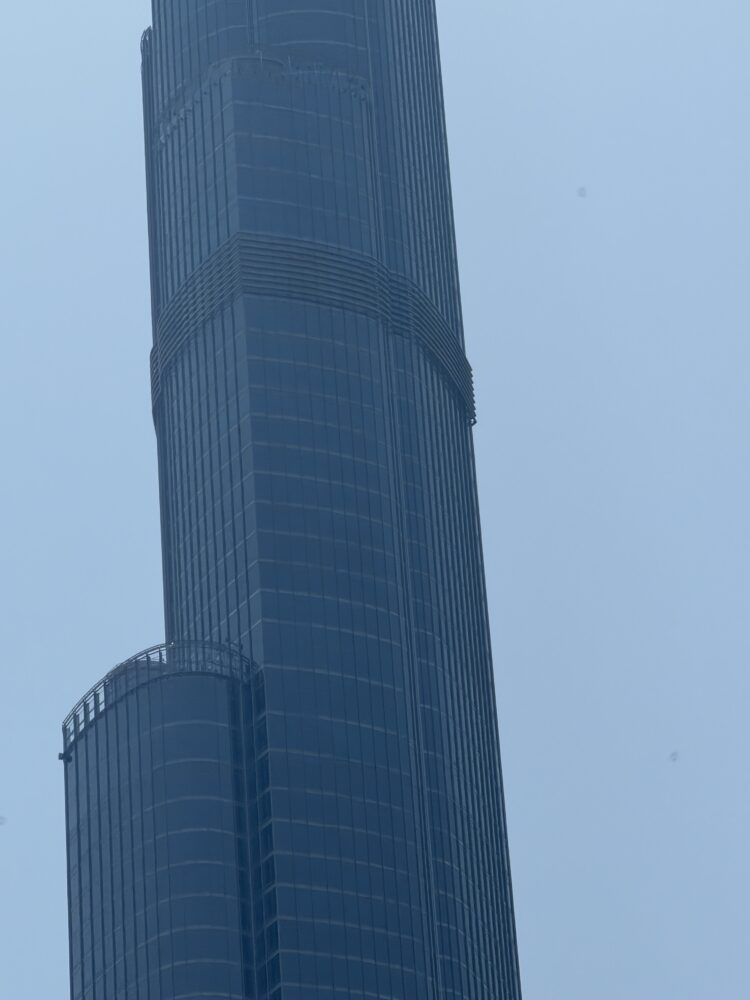
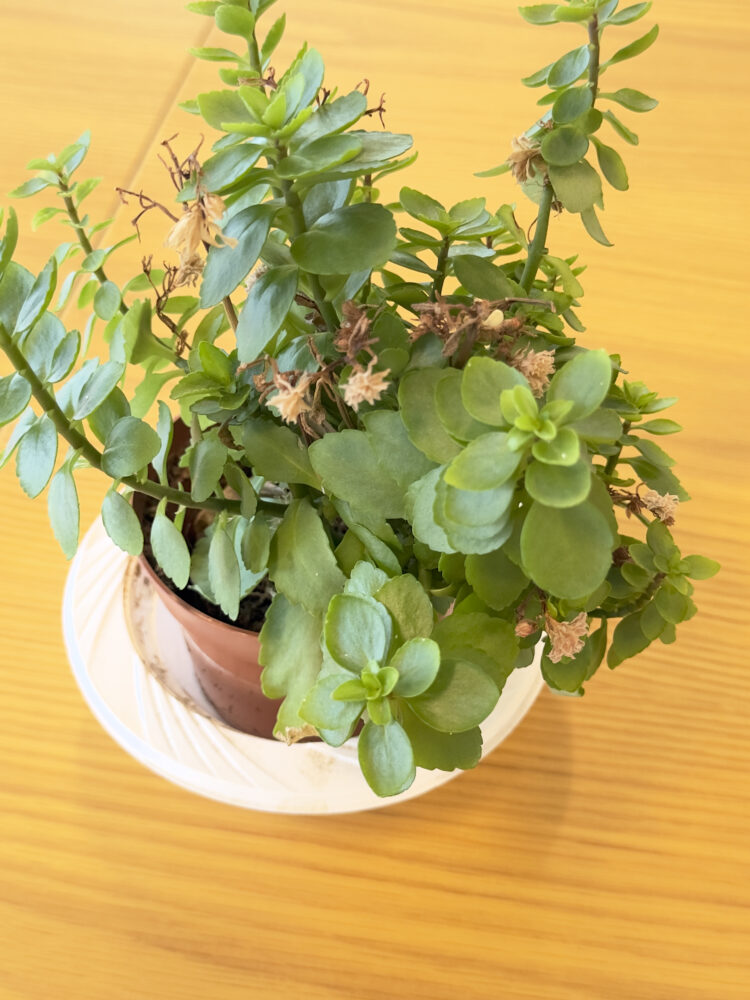
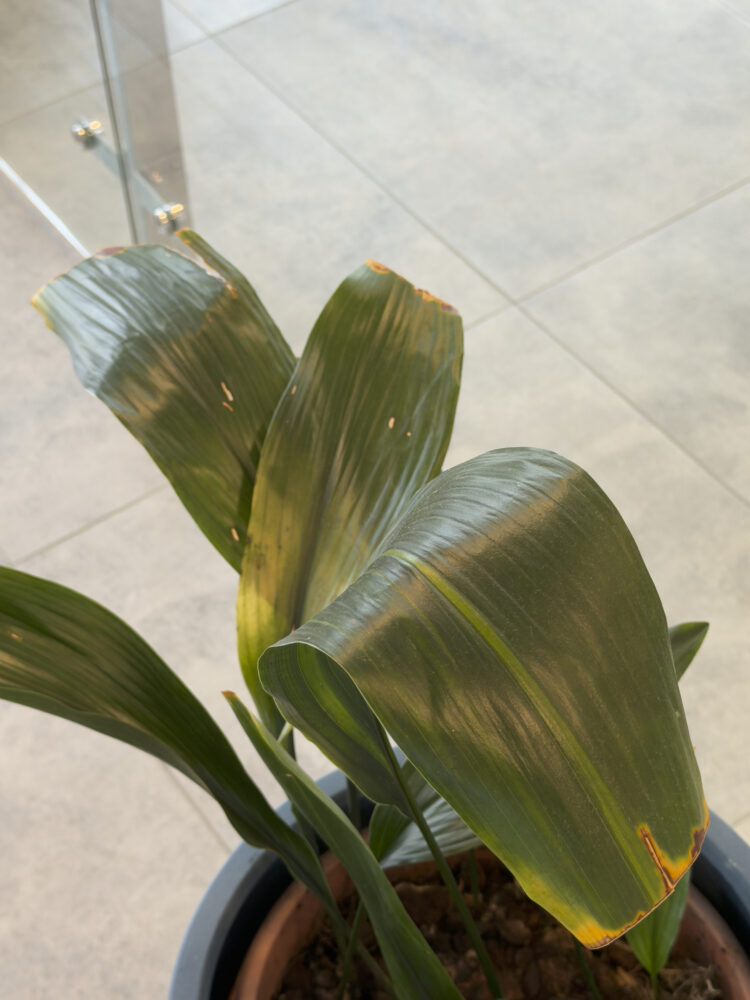
Cameras, part two: Portrait mode grows up with Focus Control and smarter depth
Portrait mode finally earns its place in the toolkit instead of living as a parlor trick. Segmentation is markedly better: hairlines, fur, and flyaways are respected rather than smeared into the bokeh wash. Depth capture happens automatically for people, dogs, and cats, so you can retroactively convert a normal photo to a portrait in the Photos app and even adjust the aperture to taste. If you want to force depth on an object, a tap in Photo mode will tag it, letting you dial blur after the fact.
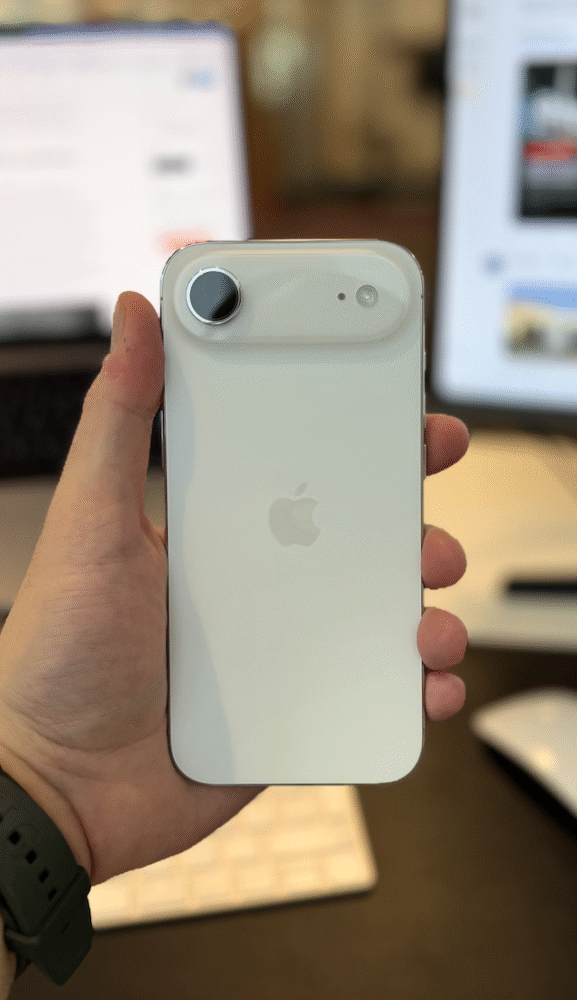
The new Focus Control is the killer detail: during edit, tap another subject and the focus plane shifts accordingly, changing the storytelling without reshooting. Photographic Styles have been expanded and refined, with a new Bright style that lifts skin tones and adds a restrained pop of vibrance, and with finer control over undertone and mood so your look feels authored rather than filtered.
Cameras, part three: video that belongs on real sets
This is where “Pro” earns its name. The 17 Pro Max is the first smartphone to support ProRes RAW in apps like Final Cut Camera and Blackmagic Camera, recording sensor data for wide grading latitude and better highlight control—ideal for HDR and mixed-light shoots. Genlock support via the Blackmagic Camera ProDock enables frame-accurate sync across multiple cameras and displays, a huge win for multi-angle production and 360° arrays. ProRes and Log remain available with Apple LUTs for SDR/HDR and full ACES support. With USB-C at USB 3 speeds, you can push ProRes or ProRes RAW directly to an external SSD, provided it writes at 220 MB/s and draws up to 4.5 W.
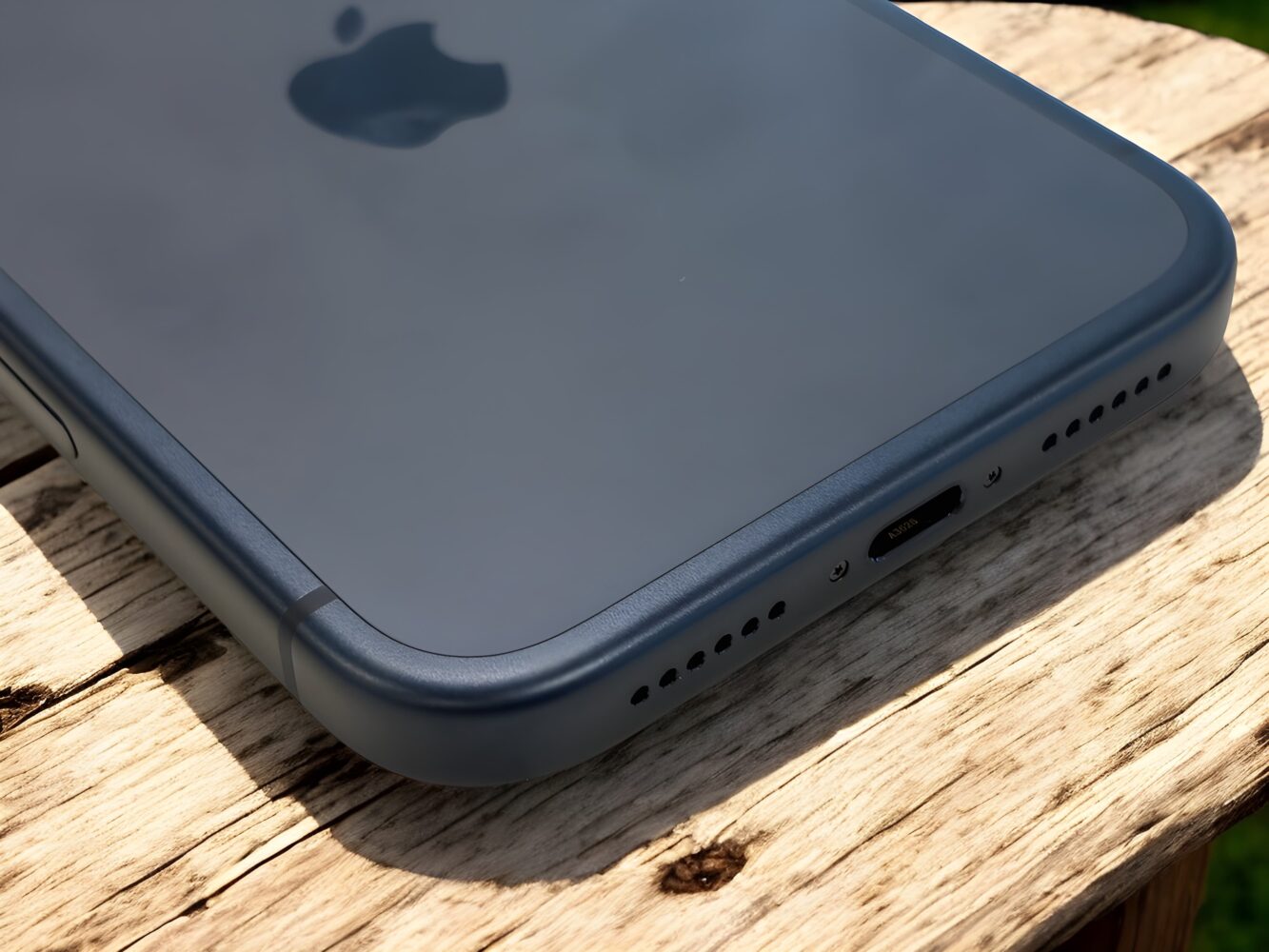
Audio also gets pro treatment. Four studio-quality mics with low noise floors capture clean sound in quiet or loud settings, while Spatial Audio recording is on by default for immersive playback on AirPods, Vision Pro, or surround systems. Machine learning handles wind reduction without garbling voices. New Audio Mix tools let you reshape tracks—keeping the Spatial mix intact, emphasizing voices, simulating a close-mic studio feel, or formatting like cinema with centered dialog—all controlled by an intensity slider that balances realism and polish.
Selfies and Center Stage: a square sensor that thinks with you
The new Center Stage front camera is built on a square sensor nearly twice the size of its predecessor, enabling up to 18 MP stills, more field of view, and excellent stabilization for walk-and-talk vlogs. Because the sensor is 1:1, you can fluidly switch compositions with tap-to-zoom and tap-to-rotate controls above the shutter without physically rotating the phone, capturing natural landscape-framed selfies while holding the phone vertically for a steadier grip and more flattering arm angle.



For group photos, Center Stage auto-zooms and rotates to fit everyone as people enter the frame, and for video calls it stabilizes and keeps your face nicely centered so you can be present rather than posed. Dual Capture returns in a more creator-friendly guise, recording front and rear simultaneously for reaction shots that don’t feel like a feature demo.
Networks, storage, and the eSIM shift
In markets like the UAE, the U.S., and Japan, the Pro models ship eSIM-only, which simplifies travel for many and, importantly, frees up internal space for that larger battery. The storage ladder starts at 256 GB and climbs to a creator-focused 2 TB ceiling for those leaning into ProRes RAW and multi-cam genlocked workflows. Combined with MagSafe’s maturing accessory ecosystem and the new Crossbody Strap, the physical kit now mirrors the phone’s ambitions: this is a creator’s device as much as it is a flagship consumer phone.
Final thoughts: the iPhone 17 Pro Max is Apple’s best big phone ever
The iPhone 17 Pro Max is Apple finally doing justice to the “Max” label. The heat-forged aluminum unibody with an integrated, laser-welded vapor chamber makes performance sustainable rather than spiky and contributes to the single biggest leap in battery life the line has seen. The A19 Pro chip, helped along by the N1 wireless stack and second-gen UWB, handles AAA games, pro video, and on-device Apple Intelligence without drama. The 48 MP triple-camera system—with its 4x tetraprism, optical-quality 8x reach, expanded Photonic Engine, Focus Control portraits, and robust Pro workflows—delivers across focal lengths and formats in a way no previous iPhone has.
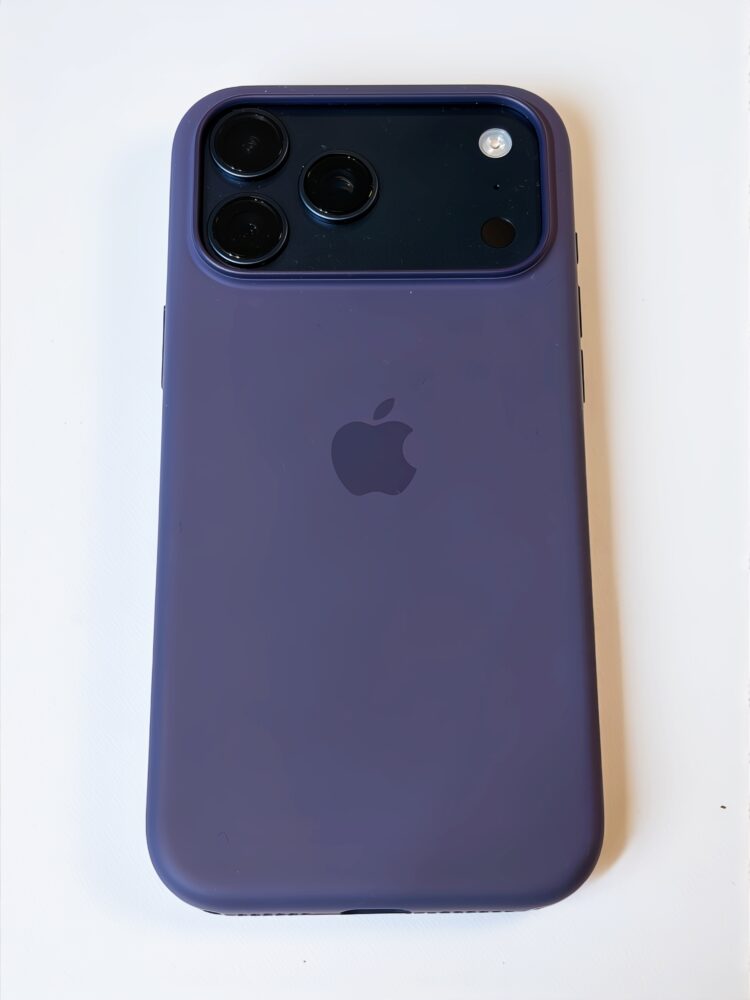
The audio capture finally matches the video ambition, the 6.9-inch 3,000-nit display stays readable in brutal sunlight, Ceramic Shield 2 materially improves everyday durability, USB-C grows into a true production port, and the satellite features broaden from safety net to genuine off-grid communication.
It doesn’t feel like a spec bump. It feels like a system where the materials science, the thermal design, the silicon, the cameras, the audio, and the OS are all rowing in the same direction.
Final verdict
The iPhone 17 Pro Max is the most mature, capable, and confident iPhone Apple has ever built. It trades gimmicks for consistency, delivering real-world wins in sustained performance, durability, battery life, imaging, audio, and pro-grade video workflows. It’s expensive, yes, but what you’re really buying is reliability, endurance, and a tool that flexes from gaming to filmmaking to daily chaos without breaking a sweat. If you want the iPhone that handles everything and then some, the 17 Pro Max is the easy pick.
Instructions to Set Up eSIM in the UAE
What to Expect
- You can use your carrier’s app to transfer your phone number from your old iPhone to your new iPhone—no need to call the carrier.
- Apple is not providing a seeded eSIM or issuing a new line.
How to Set Up eSIM
- Set up your new iPhone.
- Download your carrier’s official app and follow the steps below:
For e& Customers
- Open the e& app.
- Go to Manage → select the SIM you want to activate under My SIM cards → Replace SIM.
- Ensure eSIM is selected, then tap Continue → I agree.
- Capture clear photos of the front and back of your Emirates ID.
- Complete the facial recognition authentication.
- Tap Activate eSIM.
- Make a test call on your iPhone to confirm voice and data connectivity.
For du Customers
- Open the du app.
- Navigate to Get more done → View more → Manage SIM → select the SIM you want to activate → Transfer eSIM on this device.
- Complete authentication using UAE PASS.
- Tap Activate eSIM on this device.
- Make a test call on your iPhone to confirm voice and data connectivity.

